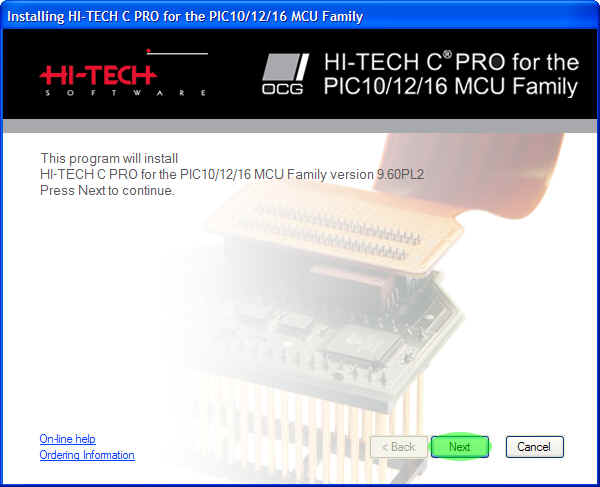Swimming pool section detail. 560 Pools and swimming pools CAD blocks for free download DWG AutoCAD, RVT Revit, SKP Sketchup and other CAD software. Download CAD Block in DWG. Swimming pool structural details (800.83 KB). Swimming Pools Browse CAD Drawings by Swimming Pools and download free architectural product information. Use the categories below to access free architectural files including AutoCAD CAD drawings, CAD details, CAD drawings, 3D BIM (Building Information Modeling), 3D Revit files, 3D SketchUp models, specifications and more. Swimming pool Plan and Elevation DWG file. Free CAD Blocks and details. Swimming pool drawings. Free download - Swimming pool Plan, Elevation. Swimming pool 1 cad file, dwg free download, high quality CAD Blocks. Category - Landscaping.
Migrating to for PIC MCU is not really a hard task. The developers have taken much care in keeping it that way.
The HI-TECH compiler is still supported by the book 'Beginner's Guide to Embedded C Programming' and you can download the MPLAB version with included.

In addition to the existing features of the C18 compiler, there are a lot of other added features in the HI-TECH C compiler. This post will give you an introduction to the compiler, its features and how to write C programs in it. This compiler can be used to program all 8 bit PIC MCUs. There is one compiler for series and another for series. You can choose the compiler based on the family of controller that you are working with. Most of the time the code is interchangeable between the compilers, only the device specific references such as the configuration bits and SFRs may differ.
Why the HI-TECH C compiler? The Microchip C18 compiler has been around for quite some time and has a lot documentation and device specific library functions. Yet, I feel that the HI-TECH C compiler is much more elegant and easy to program.
Some of the major features are listed below. • You no longer have to write PORTBbits.RB0 to access PORT B pin 0. Just use RB0 and you are done. Now this saves a lot of time and gives more readability to the code. The same is true for all SFRs (INTCONbits.GIE is now just GIE). The reason is that the previous method used structures (more specifically bit-fields) to access the port pins. Now the individual bits are mapped on to their respective addresses.
• Using Interrupts in your code can never be this easy. You can create an ISR like you would create a function and place the keyword ‘interrupt’ in between the return type and function name. • Functions like printf() & scanf() are now available in HI-TECH C compiler under the header file stdio.h. The c18 compiler does not have this feature. • In C18 compiler global data chunks larger than 256 bytes cannot be accommodated without having to modify the linker scripts.
I had one hell of a time adding fonts for a GLCD code I wrote some time back. On the other hand, the HI-TECH C compiler takes care of the work for you.
• If you are a linux user, HI-TECH C compiler has a good integration. • There are no device specific header files in the HI-TECH C compiler. You just have to include htc.h to all your source codes. The compiler determines which device you are using from the project properties and includes the necessary headers. This reduces the time taken to port the code form one device to another. • Some people have reported to have better code optimization with this compiler.
I have neither verified it personally nor did I verify the authenticity of the information (I came across this information in a forum thread). Install the compiler You can download the lite version of the compiler. A lite version compiler is sufficient for any hobby project that you can think off. If you ever feel that a lite version compiler is not good enough for the work you are doing, start optimizing your code to run fast or occupy less space. If you still can’t reduce the size, the project is no longer a hobby project and you ought to buy a pro version and start selling your product. Follow the on screen instruction to install the compiler.

Check the options to add the path to the MPLAB environment variables so that the IDE knows where you have installed the compiler. Working with HI-TECH C compiler After the installation, you can see the compiler in the list of available compilers when creating a new project in the IDE. Choose this compiler and choose next. After the project is created, add a C source file and start coding your C program. In all the programs, you will have to add this line, #include this will include header file for the PIC MCU that you choose while creating the project.